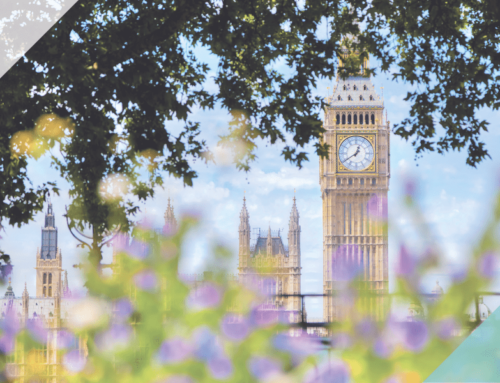Chancel repair liability is a legal obligation on some property owners in England and Wales to contribute to the cost of repairs to the chancel (the part of a church which includes the altar, choir and the sanctuary)
Origins
Many years ago, chancel repairs were the responsibility of the parish’s rector. They would pay for the repairs out of an annual land tax they received from local people. Over time, monasteries acquired much of this land, and with it the responsibility for chancel repairs. The dissolution of the monasteries by Henry VIII meant much of this land was given away. However, the liability for chancel repair stayed with the land. As a result, properties today which are built on this land can still be liable to pay chancel repairs.
Before 2003, it was thought that churches would not actually be able to force property owners to pay for these repairs. This changed in that year, when the House of Lords found a couple in the village of Aston Cantlow in Warwickshire responsible for chancel repair costs of almost £100,000. Liability for chancel repair is ‘joint and several’ meaning that any one of the liable landowners could be made to pay the full amount of the repairs. As seen with the couple from Warwickshire, this could mean having to pay potentially large sums of money.
Change in the law
Before 2013 chancel repair liability was an ‘overriding interest’. This meant the liability could be enforced against property owners even when there was no mention of the potential liability on the register of the property at the Land Registry. In 2012, the law was changed so that chancel repair lost its status as an overriding interest. Churches had to protect their right to chancel repair liability by registering a notice at the Land Registry against properties affected by 13 October 2013.
However, 2013 was not an automatic cut-off for chancel repair liability to be registered with the Land Registry. Rather, it means that anybody who has bought a property after that date is protected, provided there is no previous registration of liability against the property title. Anybody who purchased prior to 13 October 2013 could still have a chancel repair liability against their property, which would then be binding on them and their successors.
How to protect your property
For Registered properties, a Land Registry search by your solicitor at the start of the conveyancing process will reveal any existing liability.
However, even if a notice has not been registered, there could still be further issues. Unless the property has been transferred for valuable consideration since October 2013, the church can still place a notice on the property register right up until completion of a sale. To combat this, a solicitor can obtain a ‘priority search’ from the Land Registry before completion. This prevents registration of any interest adverse to yours for thirty business days. Completion of the sale should then take place during this 30-day period.
To guarantee protection for your property, a chancel repair search indemnity policy can be taken out. This will cover yourself, any mortgage lender and any future purchaser of the property, for a period of 25 years.





